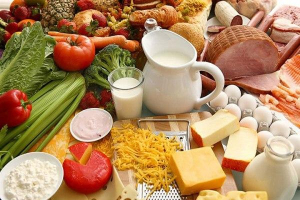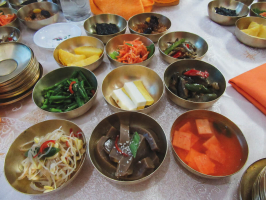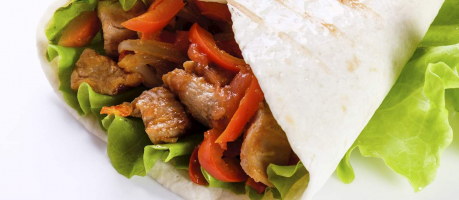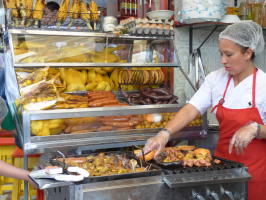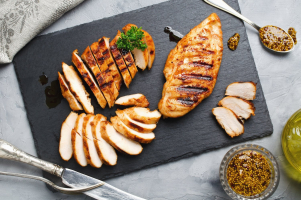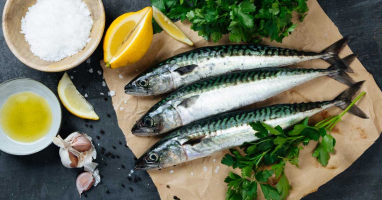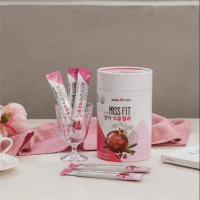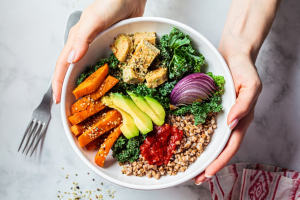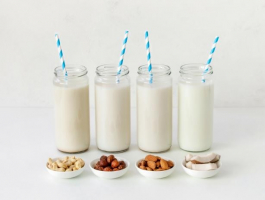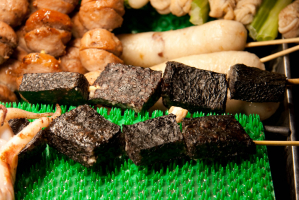Top 7 Best Non-Perishable Foods
Non-perishable foods, such as canned goods and dried fruit, have a long shelf life and don’t require refrigeration to keep them from spoiling. Instead, they ... read more...can be stored at room temperatures, such as in a pantry or cabinet. They’re not only standard kitchen items but also favored by backpackers and campers who can’t bring perishable foods like fresh meats, dairy, and vegetables on the trail. What’s more, non-perishable goods are essential in emergency situations and favored by charitable organizations that feed or give groceries to people facing homelessness or food insecurity. Below are the best non-perishable foods, let's find out!
-
Nut butter is tasty, creamy, and packed with nutrients. Commercial peanut butter can remain fresh for up to nine months at room temperature, despite the fact that storage temperatures might alter shelf life. At 50°F (10°C), natural peanut butter can last up to three months, but at 77°F (25°C), it can only survive one month. Almond butter can last up to a year at room temperature, whereas cashew butter can last up to three months, according to the United States Department of Agriculture (USDA).
Nut butter is a great source of protein, protein-rich healthy fats, vitamins, minerals, and potent plant chemicals including phenolic antioxidants, which shield your body from oxidative stress and harm from unstable molecules known as free radicals. Smaller packages of nut butter can be taken camping or backpacking as an on-the-go snack, while larger jars can be kept in the cupboard.
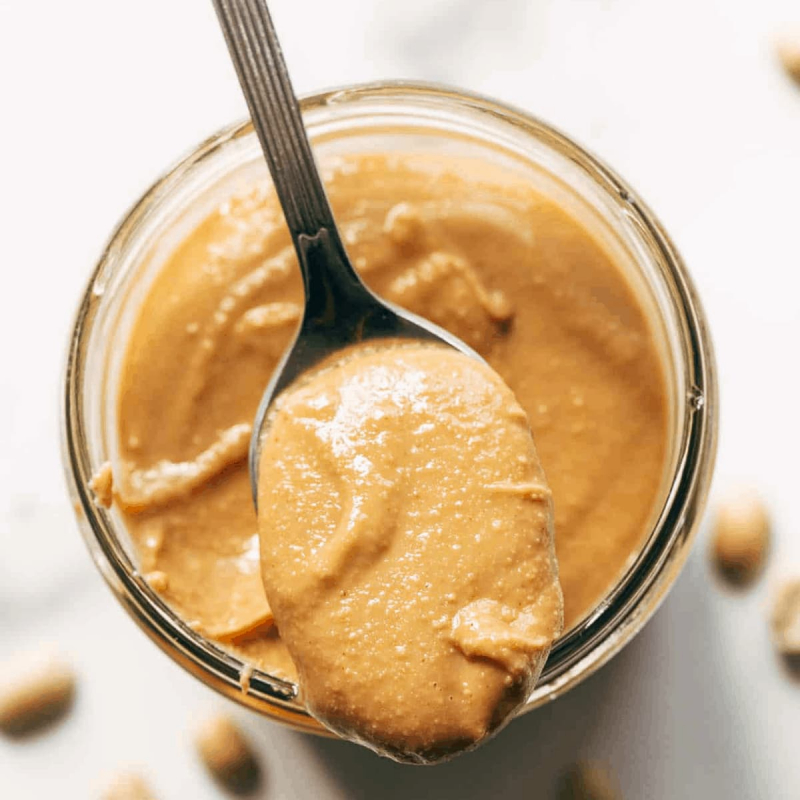
Pinch of Yum 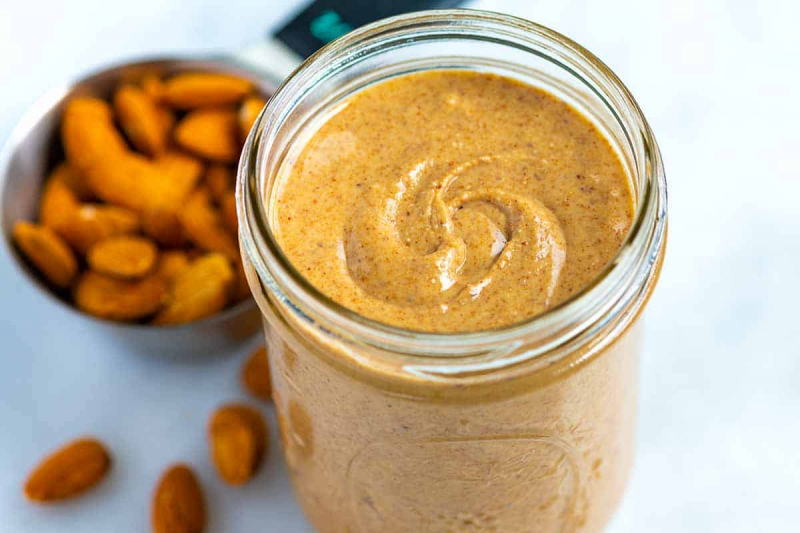
Inspired Taste -
Dried and canned beans are wise non-perishable food options due to their long shelf life and excellent nutritious content. Depending on the packing, dry beans can survive 10 or more years but canned beans only last 2 to 5 years when stored at room temperature. In reality, research indicated that 80% of panel members on an emergency food use panel believed that pinto beans preserved for up to 30 years were still edible.
Fiber, plant-based protein, magnesium, B vitamins, manganese, iron, phosphorus, zinc, and copper are all nutrients that can be found in abundance in beans. Additionally, they go well with a variety of cuisines and lend heartiness to salads, grain dishes, and soups. It may also help to keep your bean types separate to prevent a bad bunch from spoiling the rest.
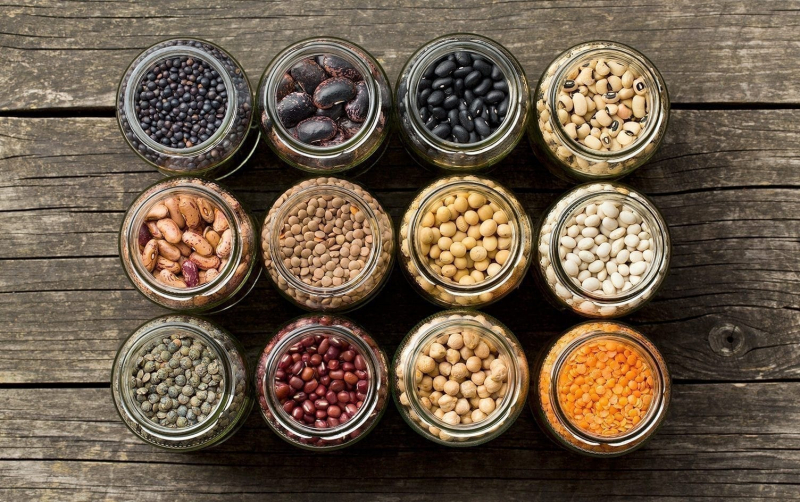
MyFitnessPal Blog 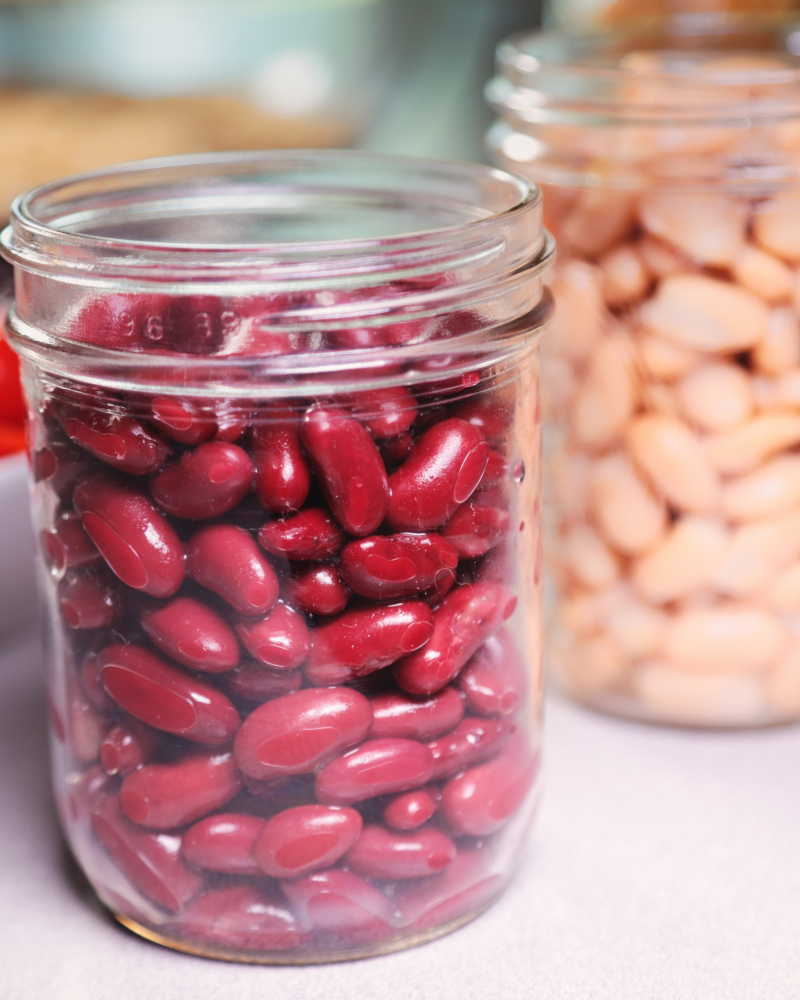
Northarvest Bean Growers -
Dried produce is regarded as non-perishable even though the majority of fresh fruits and vegetables have a short shelf life. Dried fruits and vegetables are high in fiber and carbohydrates and low in fat, making them healthy food choices. Most dried fruit can be stored securely at room temperature for up to a year with proper storage, while dried vegetables can last roughly half that long.
Various dried fruits and vegetables are available, including dried berries, apples, tomatoes, and carrots. To prepare your own dried fruits and vegetables, you can either use an oven or a dehydrator. Packaging that is vacuum-sealed can help keep food fresh. You can eat dried fruits and vegetables as a snack or use them in trail mix. Additionally, if fresh food is not available, dried vegetables can be rehydrated by adding them to soups or stews.
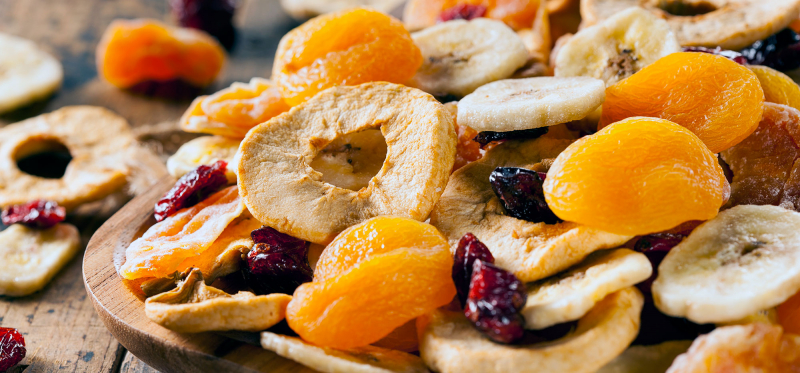
Love Food Hate Waste Canada 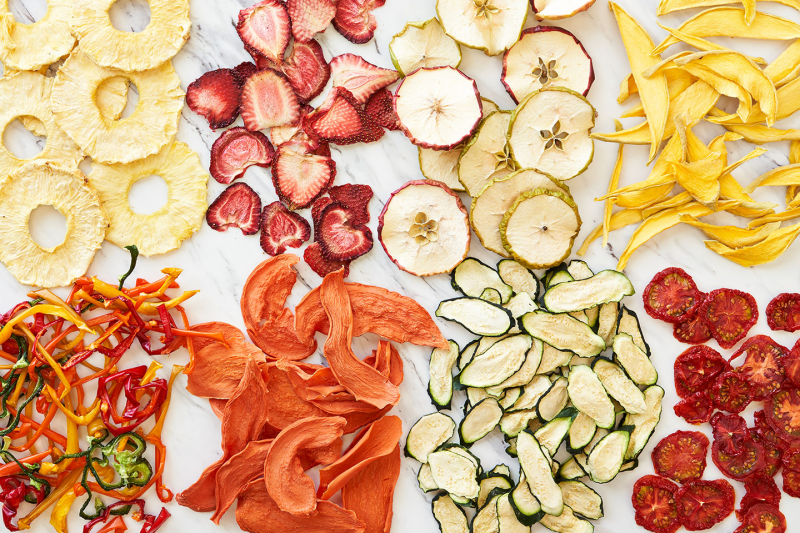
EatingWell -
Fruits and vegetables, among other perishable commodities, are often canned to extend their shelf life. Potentially dangerous germs are destroyed by the heat used in canning, and the distinctive seal of canned goods prevents additional bacteria from damaging the food's contents. Depending on the product type, canned fruits and vegetables have varying shelf lives. For instance, low-acid canned vegetables, such as potatoes, carrots, beets, and spinach, keep well at room temperature for two to five years.
High-acid fruits, on the other hand, such as grapefruit, apples, peaches, berries, and pineapple only last 12 to 18 months. The same holds true for pickled vegetables and other vegetables packed in vinegar, such as sauerkraut and German potato salad. When shopping, select canned fruits packaged in water or 100% fruit juice over the heavy syrup, and if possible, choose low-sodium canned vegetables.
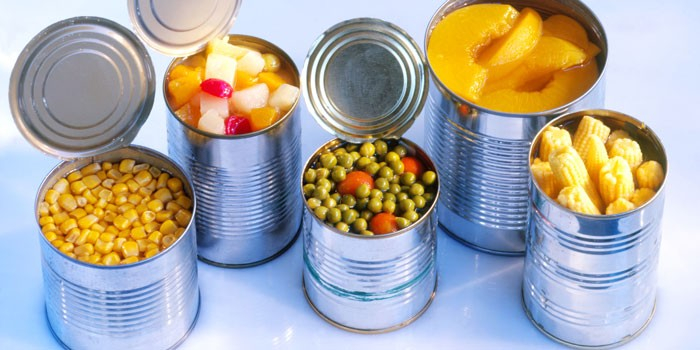
BBC Good Food 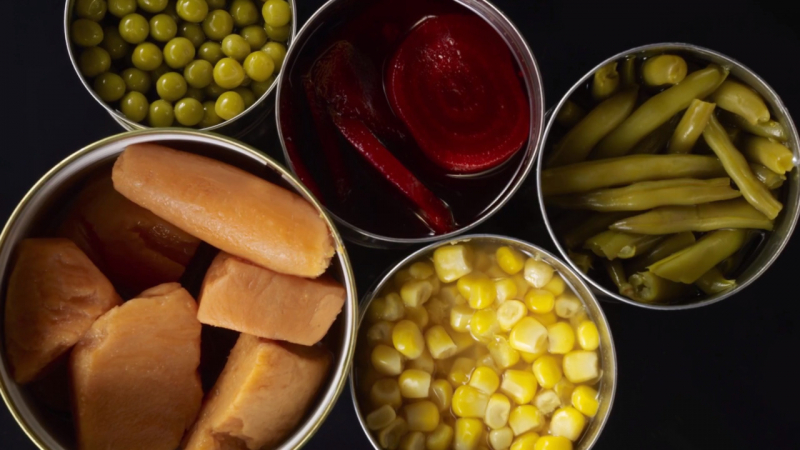
EatingWell -
While shelf-stable milk and many non-dairy kinds of milk are designed to be kept at room temperature, fresh milk and some non-dairy substitutes, such as almond and coconut milk, must be refrigerated. Because it is heated to higher temperatures and put in sterile containers, shelf-stable or aseptic milk is processed and packaged differently from conventional milk. According to one study, shelf-stable milk had a shelf life of up to 9 months if it was stored between 40-68°F (4-20°C).
Similar to canned coconut milk, plant-based beverages like soy milk has a shelf life of up to 5 years at room temperature and survive up to 10 months when packaged in flexible materials like plastic, paper, and aluminum. You can use shelf-stable and plant-based milk if refrigeration is not available. A viable substitute is powdered milk, which has a 3-5 year shelf life when stored in a cool, dark environment. As required, it can be reconstituted with fresh water in little amounts.
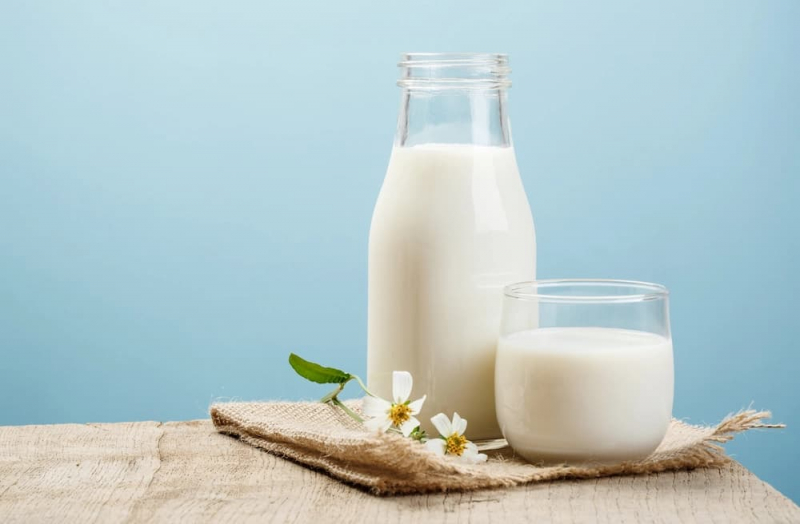
SheKnows 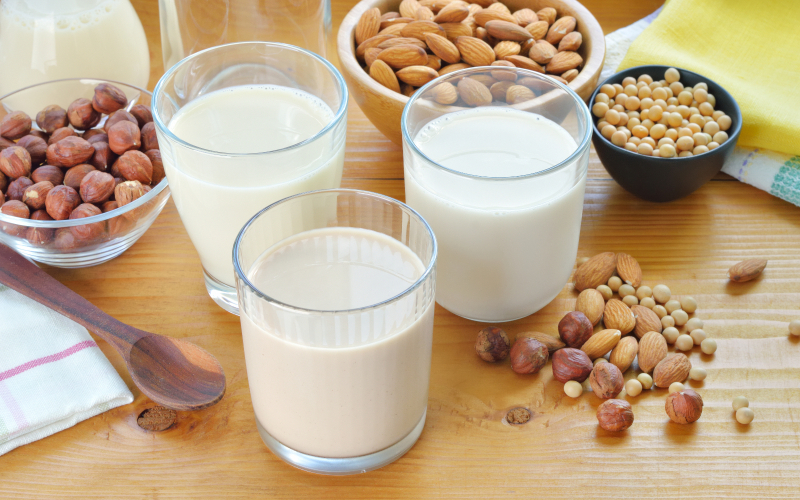
OneGreenPlanet -
To make food survive longer at normal temperatures, freeze drying involves turning ice into vapor through a process called sublimation. Backpackers like freeze-dried meals because of their portability and lightweight. Foods that have been freeze-dried are excellent as a source of emergency nutrition or for use in locations without refrigeration. They don't need to be preserved in order to be stored.
Food that has been freeze-dried typically has a shelf life of 25 to 30 years while food that has been dehydrated can last 15 to 20. Use the freeze-dried food within a month of opening it and exposing it to oxygen. Any opened freeze-dried food should be stored in a cold, dark area and treated as canned products. If you have a package of freeze-dried food that is not yet opened, be sure to protect the contents from moisture and oxygen with an airtight seal or storage bag before storing them for long periods. Many businesses produce tasty, freeze-dried meals that are not only nutritious but also work with particular dietary patterns, such as Wild Zora and AlpineAire.
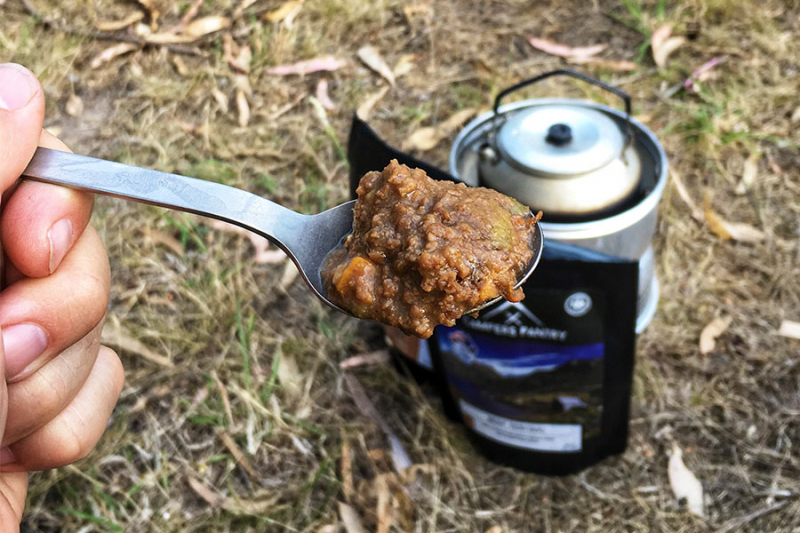
Snowys 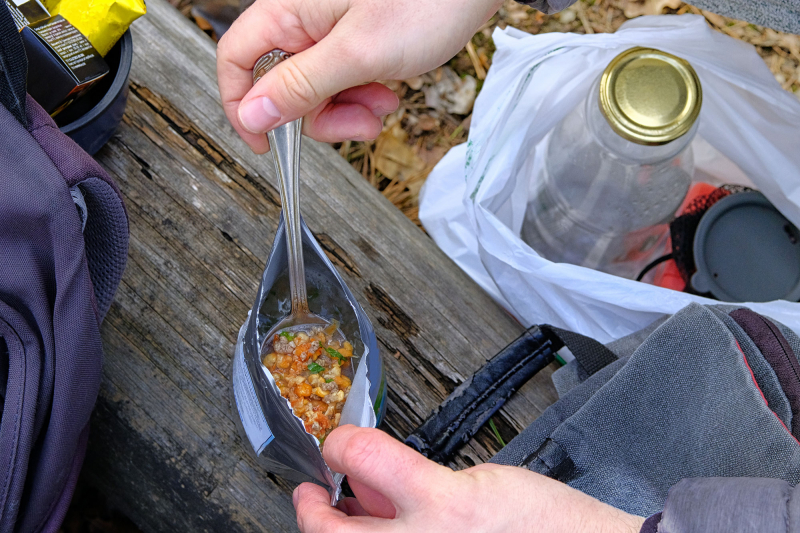
ActionHub -
Since the beginning of time, people have preserved meat to prevent the spoilage of protein sources. Meat is specifically dried and cured in a salt solution to create jerky. During processing, preservatives, flavorings, and other additions may be applied. There are numerous varieties of jerky, including beef, fish, chicken, and buffalo. Even plant-based jerky substitutes derived from jackfruit, coconut, and banana exist. However, it should be noted that these substitutes do not offer the same level of nourishment as jerkies made from meat.
Commercial jerky can be safely kept in the pantry for up to 1 year, though the USDA recommends that homemade jerky be stored at room temperature for a maximum of 2 months. Any kind of jerky can be enjoyed in moderation, but the healthiest options are those that don’t contain added sugar, artificial flavors, or preservatives.
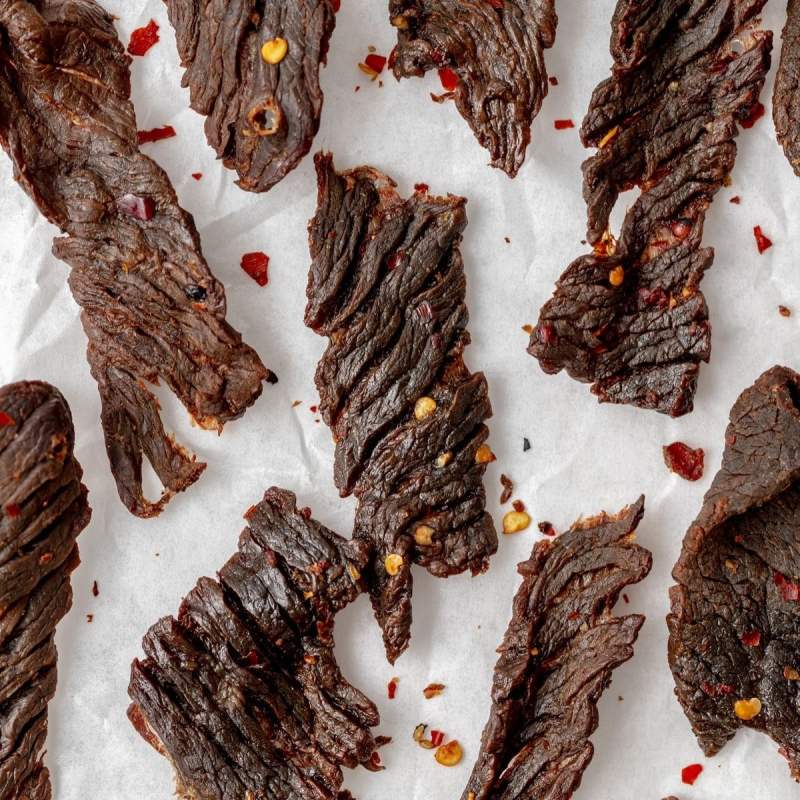
Barley & Sage 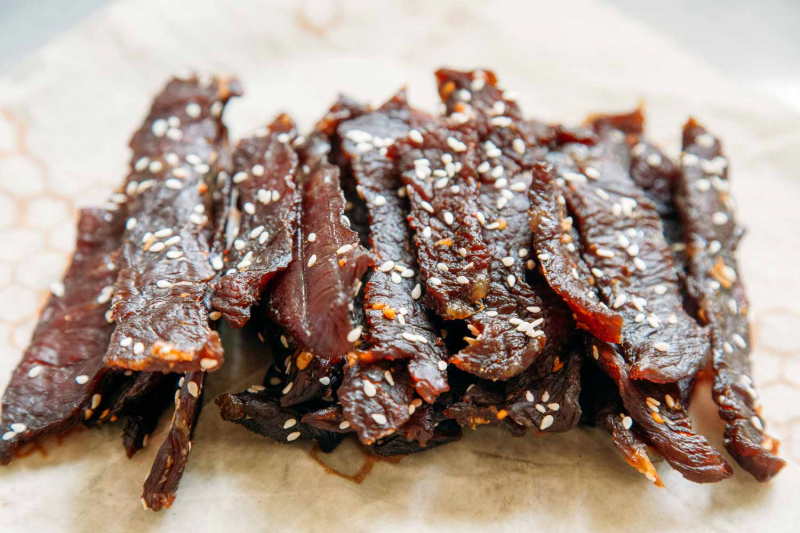
Fresh Off the Grid













